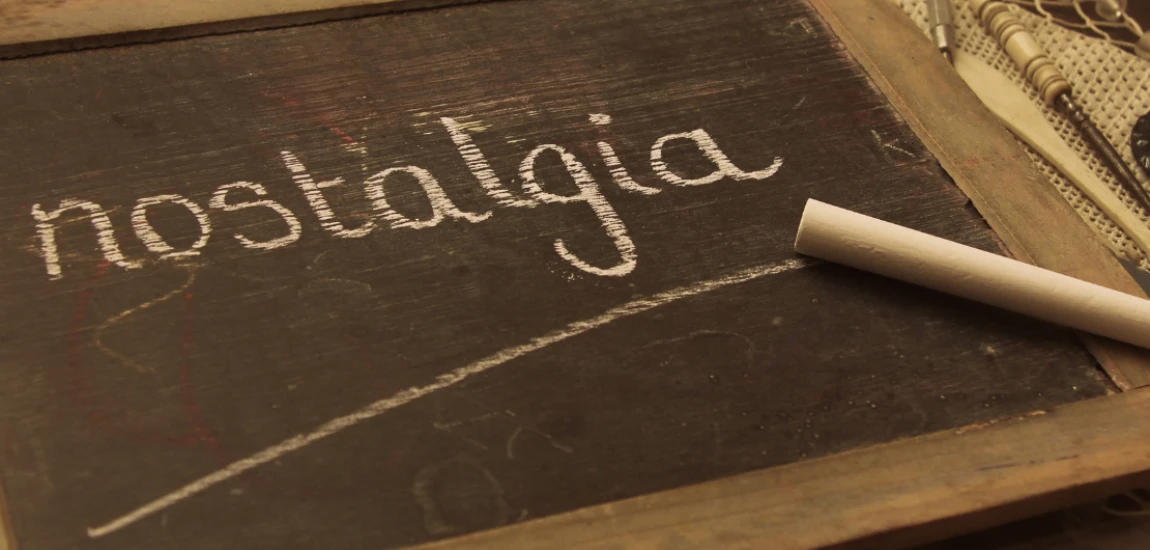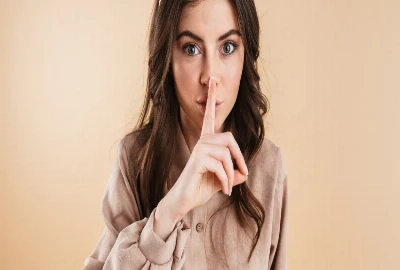Digital Nostalgia: Why Vintage Filters and Styles Are Making a Comeback

In today’s hyper-digital world, where technology advances at breakneck speed, many of us find ourselves yearning for something slower, familiar, and deeply human. Enter digital nostalgia—the growing trend of reviving vintage filters, retro design elements, and old-school aesthetics across social media, fashion, and entertainment. From grainy film overlays on TikTok videos to Instagram’s obsession with Polaroid-inspired filters, digital nostalgia is reshaping how we create, share, and consume culture.
This craving for vintage vibes is more than just a passing trend. It’s a cultural response to the overwhelming modern landscape. By tapping into the aesthetics of past decades, people are reclaiming a sense of comfort, warmth, and identity. For younger generations, retro filters evoke curiosity about eras they never experienced. For older generations, they stir powerful emotions tied to memory and familiarity. In both cases, the old feels refreshingly new.
The Psychology of Comfort
Nostalgic visuals provide emotional comfort, reducing stress and evoking happier, simpler times.
A Cross-Generational Appeal
Digital nostalgia resonates differently for Gen Z and millennials compared to Gen X, but it unites all through shared aesthetics.
Setting the Tone
Before diving into why these retro styles are making such a comeback, it’s worth exploring the cultural, social, and emotional factors behind this movement.
The Psychology Behind Digital Nostalgia

At its core, nostalgia is an emotional anchor. Studies in psychology suggest that nostalgic experiences reduce loneliness, increase self-continuity, and even boost optimism. In the digital age, nostalgia has been reimagined visually through retro aesthetics. Digital nostalgia isn’t just about aesthetics; it’s about creating emotional resonance.
When people use vintage filters, they’re not just making their content “look old.” They’re evoking moods associated with the past—romance, innocence, or even rebellion. In fact, the imperfections of grain, scratches, or muted tones make content feel more human in contrast to today’s polished, high-definition perfection.
Emotional Reassurance
Vintage filters provide grounding in a time when the future feels uncertain, connecting us with something timeless.
Escaping Perfection
In a culture obsessed with flawless content, nostalgic visuals celebrate imperfection.
Memory Triggering
Even for younger viewers, retro aesthetics trigger associations with family albums, old films, and cultural artifacts.
The Role of Social Media in the Nostalgia Revival

Social media platforms are the biggest drivers of digital nostalgia. Apps like Instagram, TikTok, and VSCO have popularized vintage filters that mimic Polaroid cameras, VHS tapes, and 90s camcorders. This visual language has become a cultural shorthand for authenticity, individuality, and emotional depth.
Creators increasingly use these aesthetics to differentiate their content in saturated feeds. For influencers, retro filters add a storytelling element—suggesting intimacy, authenticity, and memory. TikTok trends often revolve around nostalgic sounds paired with grainy visuals, merging music and imagery to create collective nostalgia.
Instagram’s Vintage Appeal
Filters like “1977” and “Lo-Fi” set the tone for the aesthetic revival.
TikTok and Retro Culture
From Y2K edits to VHS overlays, TikTok thrives on nostalgia-driven content.
Community and Aesthetics
Nostalgic styles aren’t just visuals—they create online communities bonded by shared cultural memories.
Fashion and Digital Nostalgia: Retro Looks Reimagined

Fashion has always worked in cycles, and digital culture has accelerated the revival of retro aesthetics. From Y2K-inspired outfits dominating Instagram feeds to 70s bohemian chic making a comeback, fashion now blends past and present in ways that feel new.
Digital nostalgia amplifies these revivals by connecting styles with specific eras. Vintage filters on photos amplify fashion aesthetics, making an outfit feel authentically tied to the past. Brands have capitalized on this by releasing capsule collections inspired by decades like the 80s and 90s, while influencers model these looks through nostalgic lenses.
Y2K Style Resurgence
Low-rise jeans, rhinestones, and butterfly clips return—reframed through Instagram reels.
Blending Old with New
Modern fabrics and tailoring merge with vintage silhouettes for fresh interpretations.
Brand Marketing
Luxury and fast-fashion brands alike are using nostalgic visuals to sell products with emotional resonance.
Music Videos and Retro Visuals

Music videos have long leaned on retro aesthetics, but digital nostalgia has made them central to the art form. From pop stars using VHS-style filters to indie bands creating entire albums with retro visuals, music is a key driver of the nostalgia boom.
This isn’t just a stylistic choice—it’s an emotional amplifier. Music already triggers strong emotions, and when paired with nostalgic visuals, it doubles the effect. Artists like The Weeknd, Dua Lipa, and Olivia Rodrigo have used retro filters to reinforce themes of longing, heartbreak, or playfulness.
Amplifying Emotion
Pairing vintage visuals with music enhances emotional impact.
Global Reach
Music videos with nostalgic aesthetics go viral faster, as they resonate across cultures and generations.
Artist Branding
Retro visuals help musicians carve unique identities that blend modernity with timelessness.
Film and TV: Streaming Platforms Love Nostalgia

Streaming services are fueling digital nostalgia by producing shows and movies that lean heavily into retro styles. Netflix’s Stranger Things is the most famous example, combining 80s-inspired visuals, music, and storytelling to create a cultural juggernaut. Similarly, shows like Euphoria borrow from 90s aesthetics to set mood and tone.
This trend extends to film as well. Directors now use digital tools to mimic the look of old film stock, grainy textures, or muted palettes, creating cinematic nostalgia. These techniques resonate with both older viewers who remember the eras and younger viewers intrigued by retro styles.
Streaming’s Influence
Platforms capitalize on nostalgia to keep audiences emotionally invested.
Cross-Generational Viewing
Retro-styled shows attract both parents and kids, expanding audience reach.
Cinematic Techniques
Modern tech allows filmmakers to replicate vintage looks without losing production quality.




